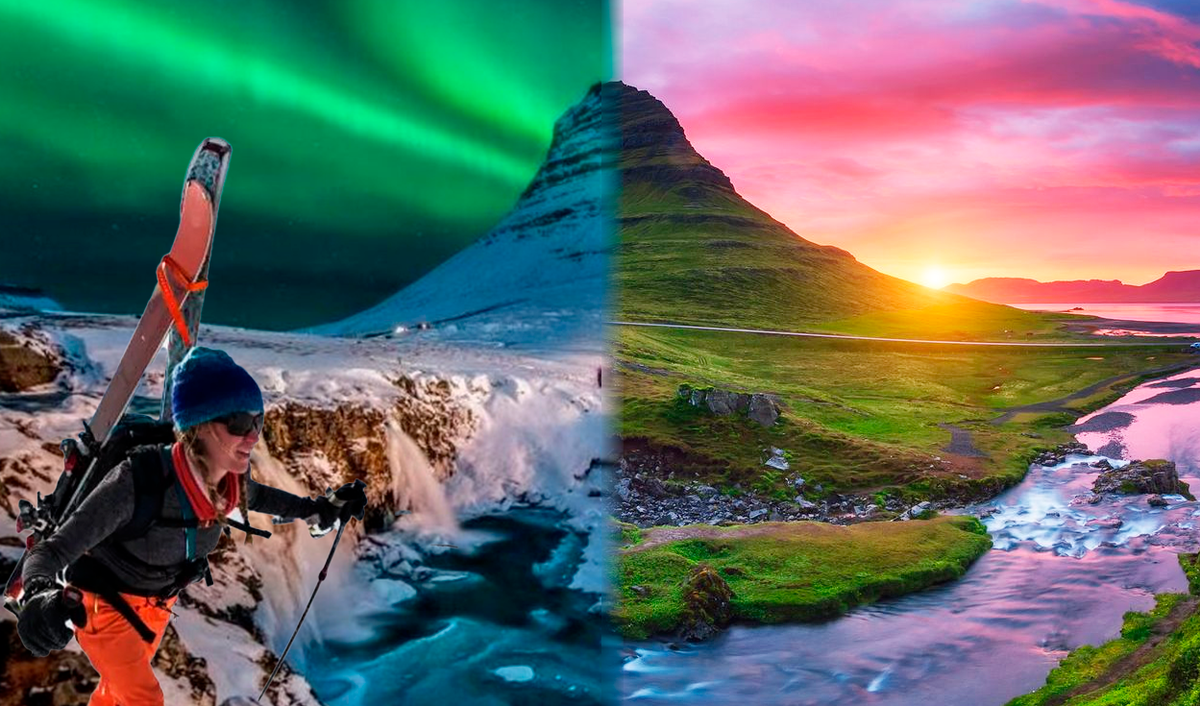Never-Ending Days: Explore Midnight Sun Destinations!
Can you imagine a world where the sun never sets? It's a reality in several locations across the globe, a testament to the incredible power and beauty of nature, offering an experience that defies the conventional rhythm of day and night.
The phenomenon, known as the "midnight sun," occurs in regions near the Arctic and Antarctic circles. It's a captivating spectacle where the sun remains visible even at what would typically be nighttime hours. This is due to the Earth's axial tilt during summer, causing the sun to circle the horizon instead of dipping below it.
| Feature | Details |
|---|---|
| Regions Experiencing Midnight Sun | Alaska, Canada, Greenland, Norway, Sweden, Finland, Russia, and the northernmost parts of Iceland. |
| Cities to Visit for Midnight Sun Viewing | Specific cities vary, but include locations within the aforementioned countries. Akureyri, Iceland, and those in northern Norway and Sweden are prime spots. |
| Duration of Midnight Sun | The duration varies based on latitude. Within the Arctic Circle, it lasts approximately 24 hours. In Northern Norway, it can last up to 76 days. |
| Best Time to Visit | Typically from May to late August for those wishing to experience the phenomenon. |
| Temperature Considerations | Despite the constant sunlight, temperatures in these regions during the summer do not usually exceed 10C (50F). |
| Impact on the Body | Exposure to natural light helps the brain release serotonin, a neurotransmitter that improves mood and promotes calmness. |
| Unique Destination: Svalbard, Norway | Svalbard is a place where night is just a distant memory. The sun does not set here from April 20th to August 22nd. |
For further information on the midnight sun and related destinations, you can consult this reliable source:Visit Norway
The regions that experience the midnight sun are primarily located near the Arctic Circle. These include Alaska, Canada, Greenland, Norway, Sweden, Finland, Russia, and the northern reaches of Iceland. These areas offer unique opportunities to witness this natural wonder.
One of the most compelling aspects of the midnight sun is its effect on the perception of time. With the sun perpetually in the sky, the usual markers of day and night disappear. This can create a sense of disorientation, but also an incredible feeling of being immersed in a continuous, endless day. The constant daylight also has a profound impact on the local flora and fauna, influencing their behavior and growth patterns.
Norway, in particular, is renowned for its midnight sun experience. Due to its location in the Arctic Circle, the country experiences extended periods of daylight during the summer months. The further north you travel within Norway, the longer the midnight sun lasts. For instance, in the North Cape region, the sun doesn't set for several weeks during the summer. It's this geographical positioning and the Earth's tilt that causes the sun's rays to graze the horizon, providing constant illumination.
The impact of the midnight sun extends beyond mere observation. It influences daily life, and people adapt their routines to this altered rhythm. Activities that might typically occur during the day, such as outdoor recreation or social gatherings, can now take place at any hour. The constant daylight also enhances the visual beauty of the landscape, making everything appear vibrant and luminous.
In contrast to the endless summer days, these same regions experience "polar nights" during the winter months, when the sun remains below the horizon for extended periods. This creates a stark contrast between the seasons, adding to the allure and mystique of these locations.
Svalbard, a Norwegian archipelago, is perhaps the most extreme example, where the sun doesn't set for several months. This creates a surreal environment where the boundaries of day and night blur completely.
The phenomenon also provides unique opportunities for photographers and artists. The ever-present sunlight casts a unique glow on the landscape, and creates opportunities for capturing stunning images, it paints the sky with vibrant colors throughout the night. It also inspires creativity.
The midnight sun also has impacts that aren't always positive. Some travelers might find it difficult to sleep or maintain their usual rhythms. Exposure to such constant light can also have health effects. Additionally, the melting of ice in the Arctic due to warming temperatures poses a threat to the unique conditions of this region.
Iceland, though not directly in the Arctic Circle, also experiences extended daylight hours during summer. During the summer, Iceland has almost 23 hours of daylight, whilst during winter it only has about five.
In Alaska, the midnight sun is a notable occurrence, yet it's interesting to note the phenomenon of "astronomical polar night." Here, the sun remains below the horizon for more than a day, a stark contrast to the extended daylight of summer. This is a natural cycle, with the sky brightening somewhat for about six hours, even during this darkness.
The "midnight sun" is a result of the Earth's axial tilt, which causes different parts of the planet to lean towards or away from the sun during its orbit. This tilt causes the varying lengths of daylight throughout the year.
The experience of the midnight sun is unforgettable, transforming the landscape into a realm of eternal daylight. From the surreal landscapes to the unique social experiences, its an experience that stays with you long after you've departed.
The extended daylight affects local customs. Activities and social life change to accommodate the constant light, adding an element of uniqueness to the experience. It is a testament to nature's power to reshape time.
The midnight sun is a natural phenomenon, and is a symbol of the world's natural diversity. Observing the midnight sun is not just a trip, it's a deep dive into the magic of nature.



